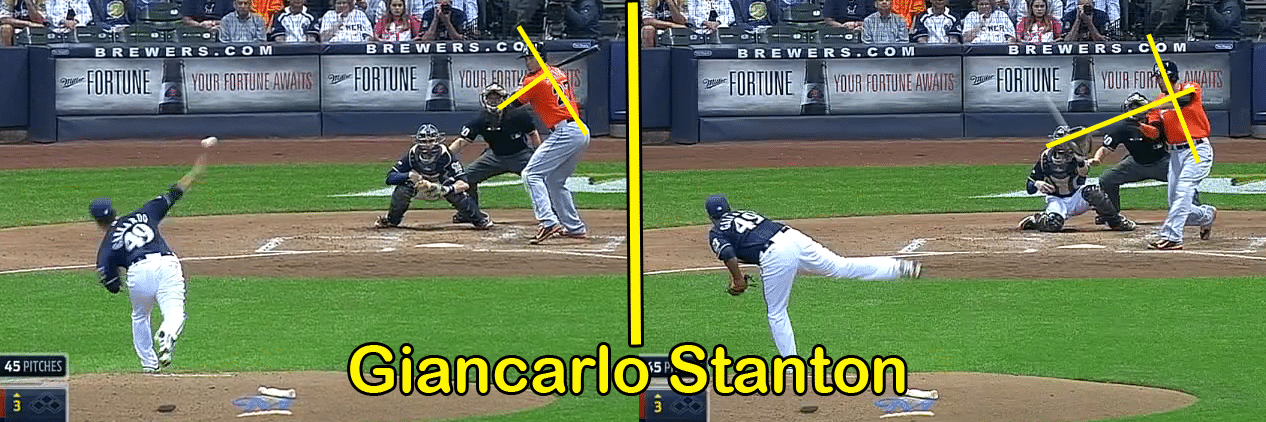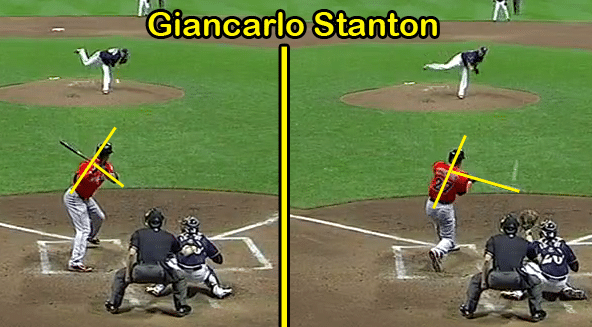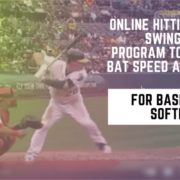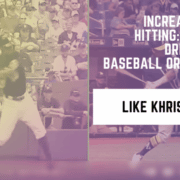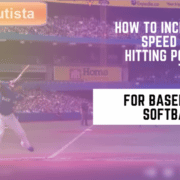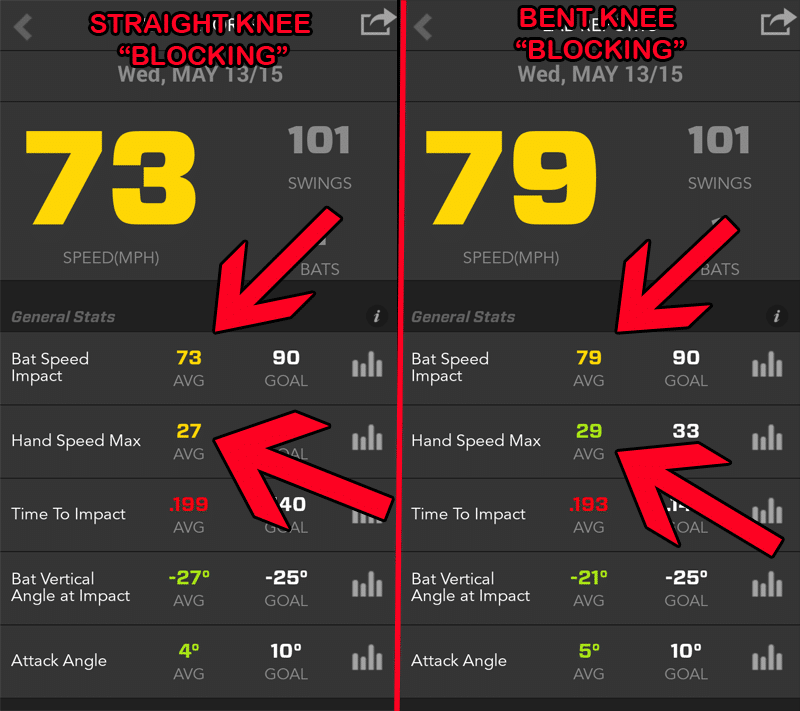
Discover the best online batting coach tips for increasing bat speed for the baseball swing.
As a hitting coach, I understand the importance of having a powerful and fast swing. In baseball, bat speed plays a crucial role in determining a batter’s success. The key to excelling in the batter’s box is maximizing your bat speed, which allows you to hit the ball with greater force and accuracy. In this article, I will share valuable insights and tips from the best hitting coaches online, allowing you to improve your baseball swing.
Understand the Importance of Bat Speed in Baseball
Bat speed refers to how fast a batter can swing the bat. This has a direct impact on the distance the ball travels and the reaction time of the pitcher and defenders. Faster bat speed allows hitters to make solid contact with the ball, increasing their chances of reaching base or even hitting a home run. Therefore, improving batting speed is a fundamental aspect of becoming a successful baseball player.
The role of online hitting coaches
In recent years, the world of baseball coaching has expanded to include online platforms. Online hitting coaches provide personalized instruction and guidance for players of all skill levels, accessible from the comfort of your own home. There are several advantages to adopting online hitting instruction.
First, online coaching offers flexibility in terms of time and place. You can access workouts and instructional videos at your convenience, eliminating the need to travel to a hitting facility. Additionally, online hitting coaches often have extensive experience and expertise, which makes their advice invaluable.
Here are a couple helpful resources:
- PubMed Central – Effects of Core Training on Sport-Specific Performance of Athletes: A Meta-Analysis of Randomized Controlled Trials, and
- PubMed Central – An Analysis of In Vivo Hip Kinematics in Elite Baseball Batters Using a Markerless Motion-Capture System.
SCIENCE-BASED TRAINING:
Improve your hitting strategy dramatically by applying human movement principles.
Learn not only how and what to train but also the science behind the methods.
12 Key strategies to increase bat speed
Good grip and stance
Getting the correct grip and stance is the foundation of a powerful swing. Make sure you have a firm grip on the bat, with your top hand slightly above your bottom hand. Maintain a balanced, athletic stance with feet shoulder-width apart and knees slightly bent.
Generate energy from the lower body
Effectively shifting your weight from your back leg to your front leg during the swing generates explosive power. Engage your lower body by pushing your back hip forward while rotating your back foot.
Use of hip rotation
I think is actually over done by most coaches out there. I think hitters can learn a lot from golfers and professional bowlers when it comes to hip rotation.
Maintain the correct path of the hands
Keep your hands inside the ball and follow a direct path to the strike zone. This ensures maximum contact and prevents you from throwing or rolling your wrists too soon.
Focus on timing and rhythm
Develop a keen sense of timing and rhythm by practicing at different pitch speeds. This allows you to anticipate and react quickly to the pitch, optimizing your swing mechanics.
Incorporate strength and conditioning exercises
Physical fitness plays a crucial role in improving bat speed. Incorporate strength and conditioning exercises into your workout routine. Focus on exercises that target the core and upper body, such as planks, medicine ball throws, and exercises with resistance bands.
Mental approach and visualization
Building confidence at home plate is the key to unleashing your full potential. Develop a positive mindset and visualize successful swings before entering the batter’s box. Visualization techniques can help you mentally rehearse and improve your swing mechanics.
Use of technology and video analysis
Take advantage of technology to analyze your swing and make the necessary adjustments. Video analysis allows you to review and analyze your swing mechanics in detail. Several tools and mobile applications are available to aid in swing analysis, providing valuable information for improvement.
SCIENCE-BASED TRAINING:
Improve your hitting strategy dramatically by applying human movement principles.
Learn not only how and what to train but also the science behind the methods.
Consistency and repetition
Consistent practice is the key to honing your bat speed. Dedicate regular practice sessions to improving your swing mechanics and increasing your bat speed. Incorporate specific drills designed to improve bat speed, such as tee work, soft throwing, and weighted bat drills.
Understand pitch strategies
Develop an understanding of different pitching strategies and the different types of pitches you may face. Recognize the differences between fastballs, breaking balls and off-speed pitches, and adjust your swing accordingly to maximize contact and power.
Seeking feedback and coaching
Look for feedback from experienced coaches or knowledgeable people who can provide valuable insight into improving your swing. Consider working with a qualified hitting coach who can provide personalized instruction and guidance tailored to your specific needs.
Safety Precautions and Injury Prevention
Prioritize safety and injury prevention in your baseball practice. Warm up sufficiently before each practice or game to prepare your muscles and joints. Also, wear proper protective gear, such as batting helmets and elbow pads, to minimize the risk of injury.
Conclusion
In conclusion, increasing bat speed is crucial to success in baseball. By implementing the tips and techniques shared by online hitting coaches, you can improve your swing and maximize your performance at home plate. Remember to focus on good grip and stance, generating power from the lower body, using less hip rotation that most teach, maintaining good hand path, and developing timing and rhythm. Incorporate strength and conditioning exercises, cultivate a positive mindset, leverage technology for video analysis, practice consistently, understand presentation strategies, seek feedback, and prioritize safety precautions. With dedication and the right guidance, you can improve your batting speed and elevate your overall baseball game.
FAQ (Frequently Asked Questions)
- Can online batting coaches really provide effective instruction? Yes, online hitting coaches can offer valuable instruction through personalized workouts and instructional videos that can be accessed from anywhere, anytime.
- How often should I practice to increase my bat speed? Consistent practice is the key. Aim for regular practice sessions, dedicating time to improving your swing mechanics and incorporating specific bat speed drills.
- Are there specific exercises to strengthen the core and upper body for better batting speed? Yes, exercises like planks, medicine ball throws, and resistance band exercises can help strengthen your core and upper body, which improves batting speed.
- What are effective visualization techniques to improve performance? Visualize successful swings and positive results before entering the batter’s box. Mental rehearsal can help improve your swing mechanics and build your confidence.
- How important is adjusting my swing for different types of pitch? Adjusting your swing to the type of pitch is crucial. Recognize different heights and make adjustments as needed to maximize contact and power.
SCIENCE-BASED TRAINING:
Improve your hitting strategy dramatically by applying human movement principles.
Learn not only how and what to train but also the science behind the methods.




